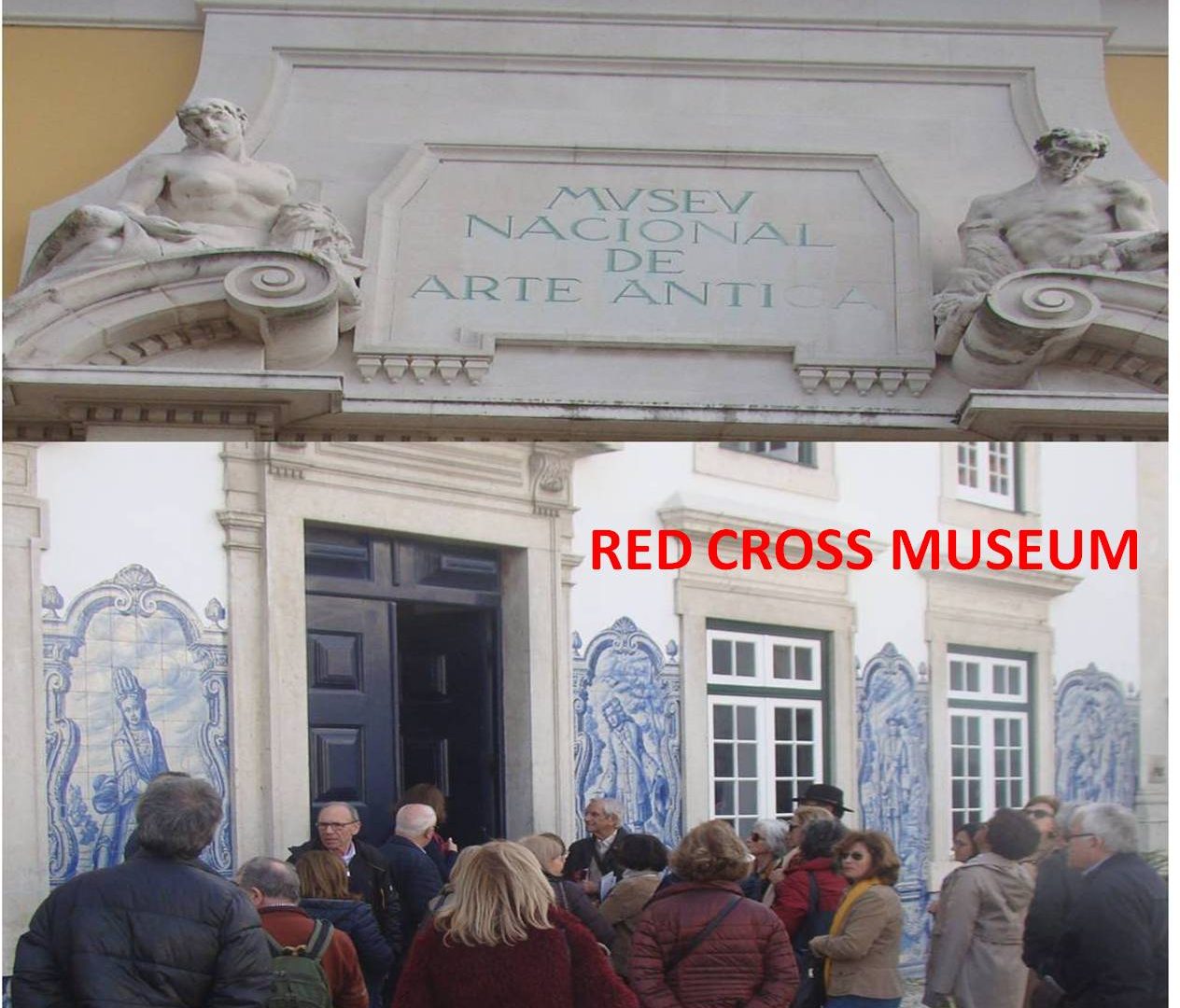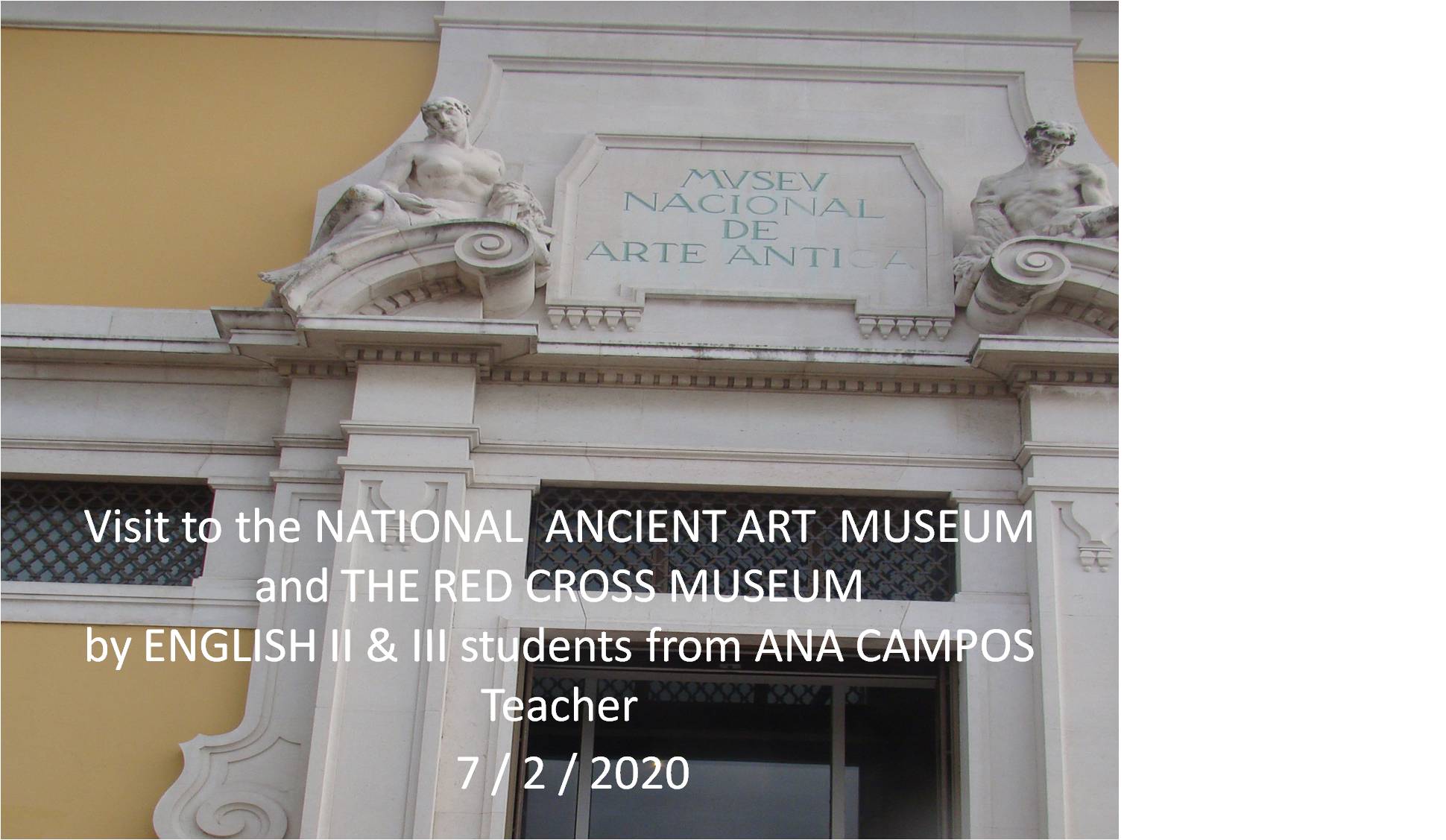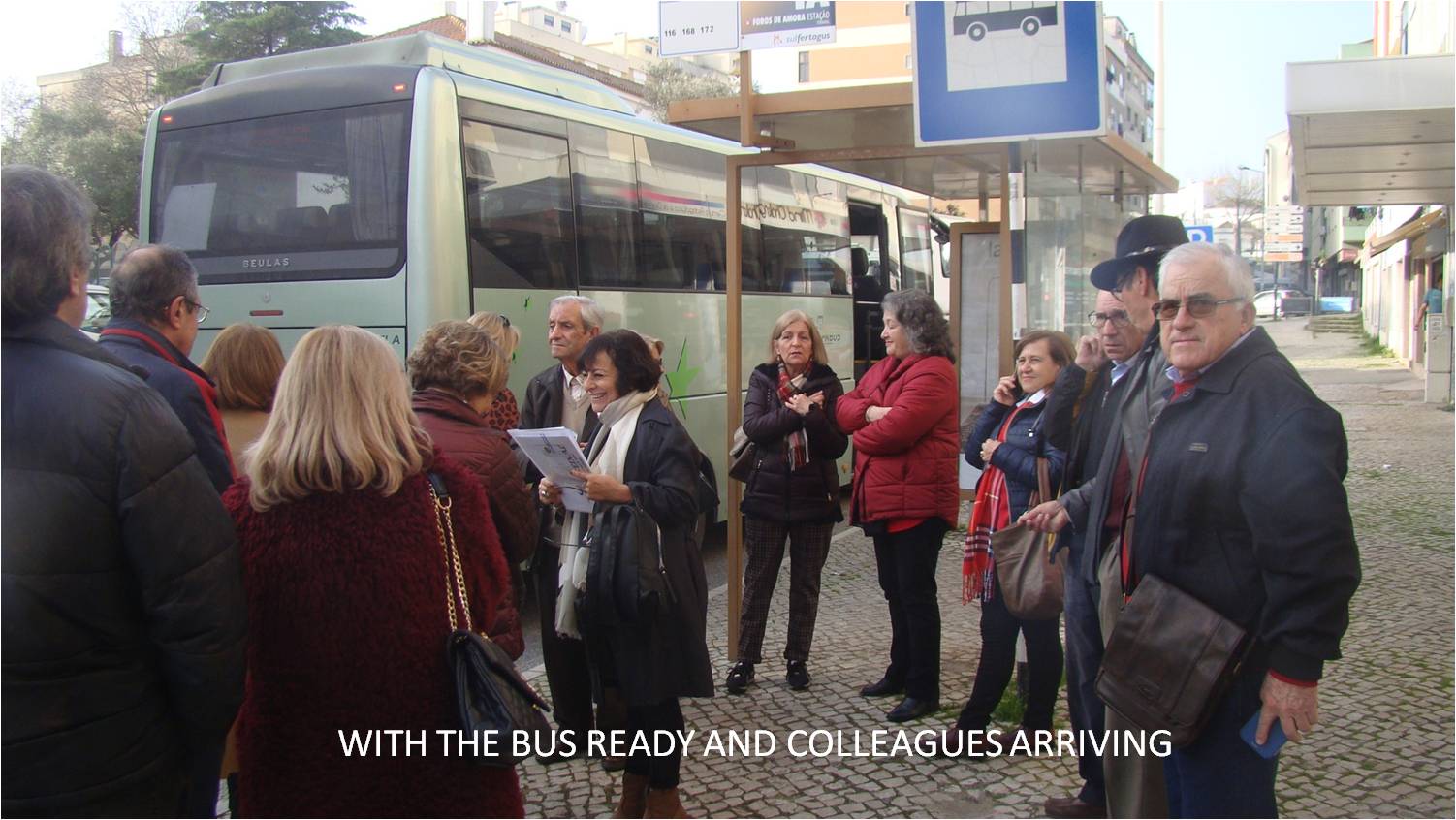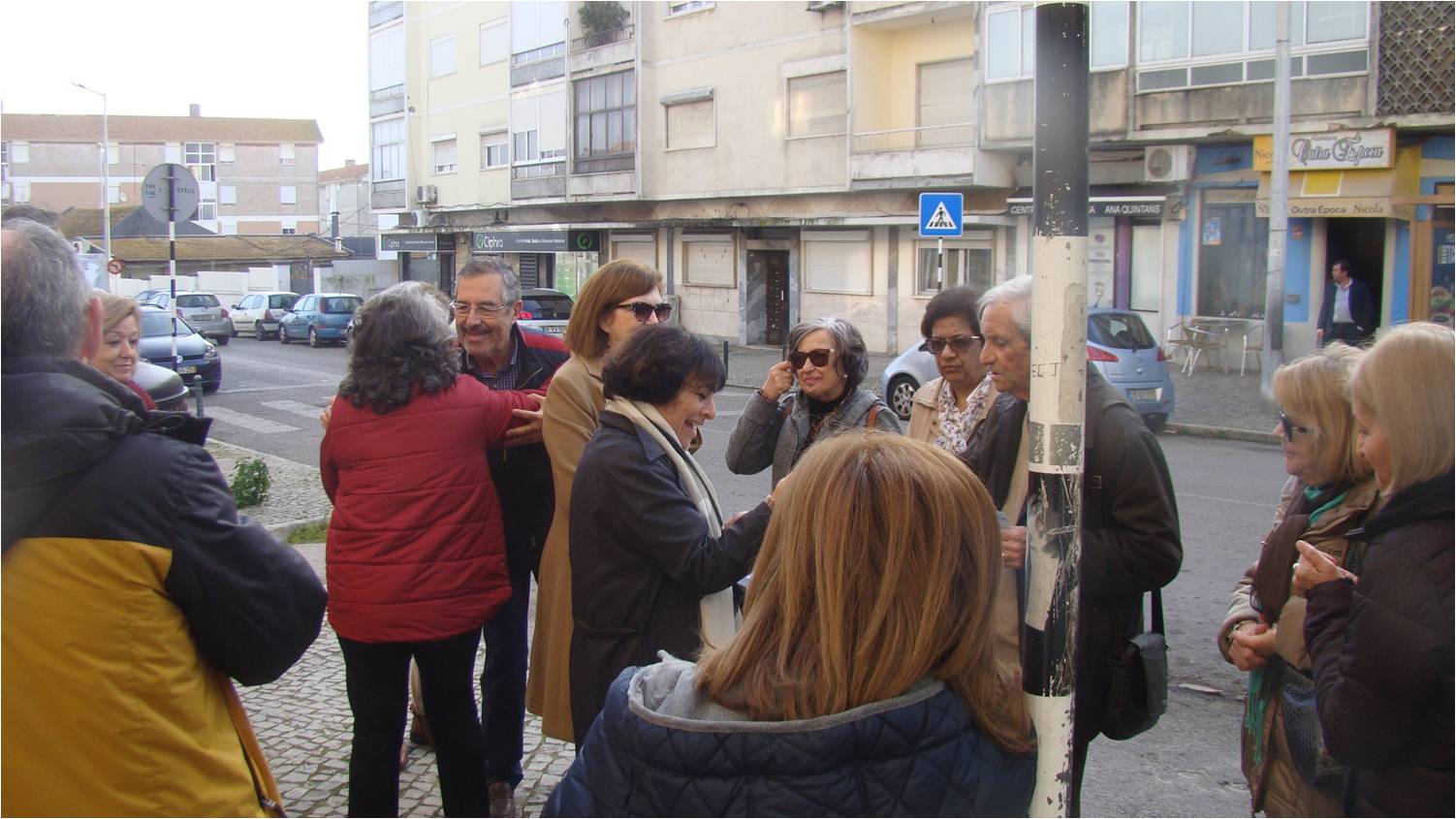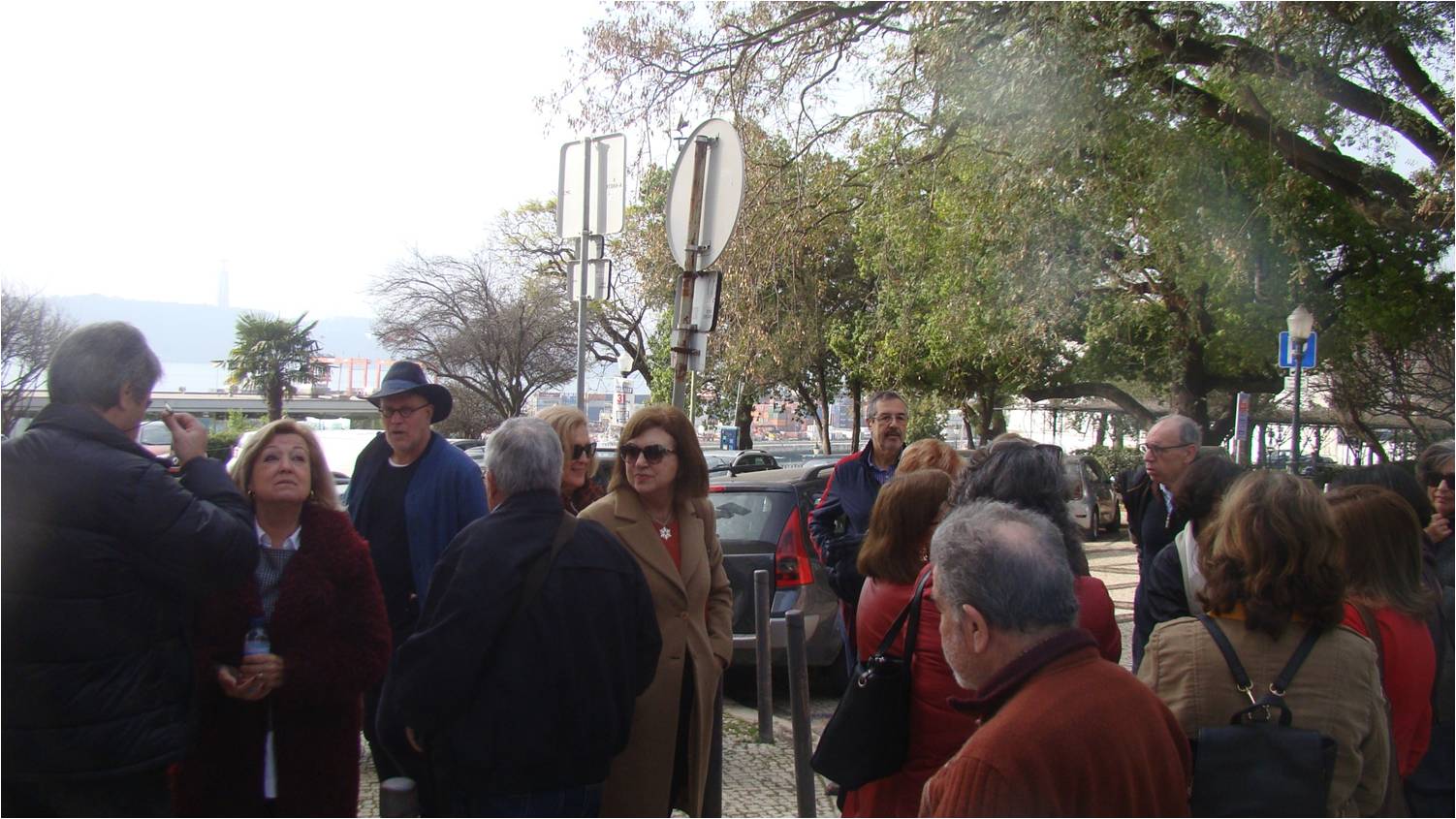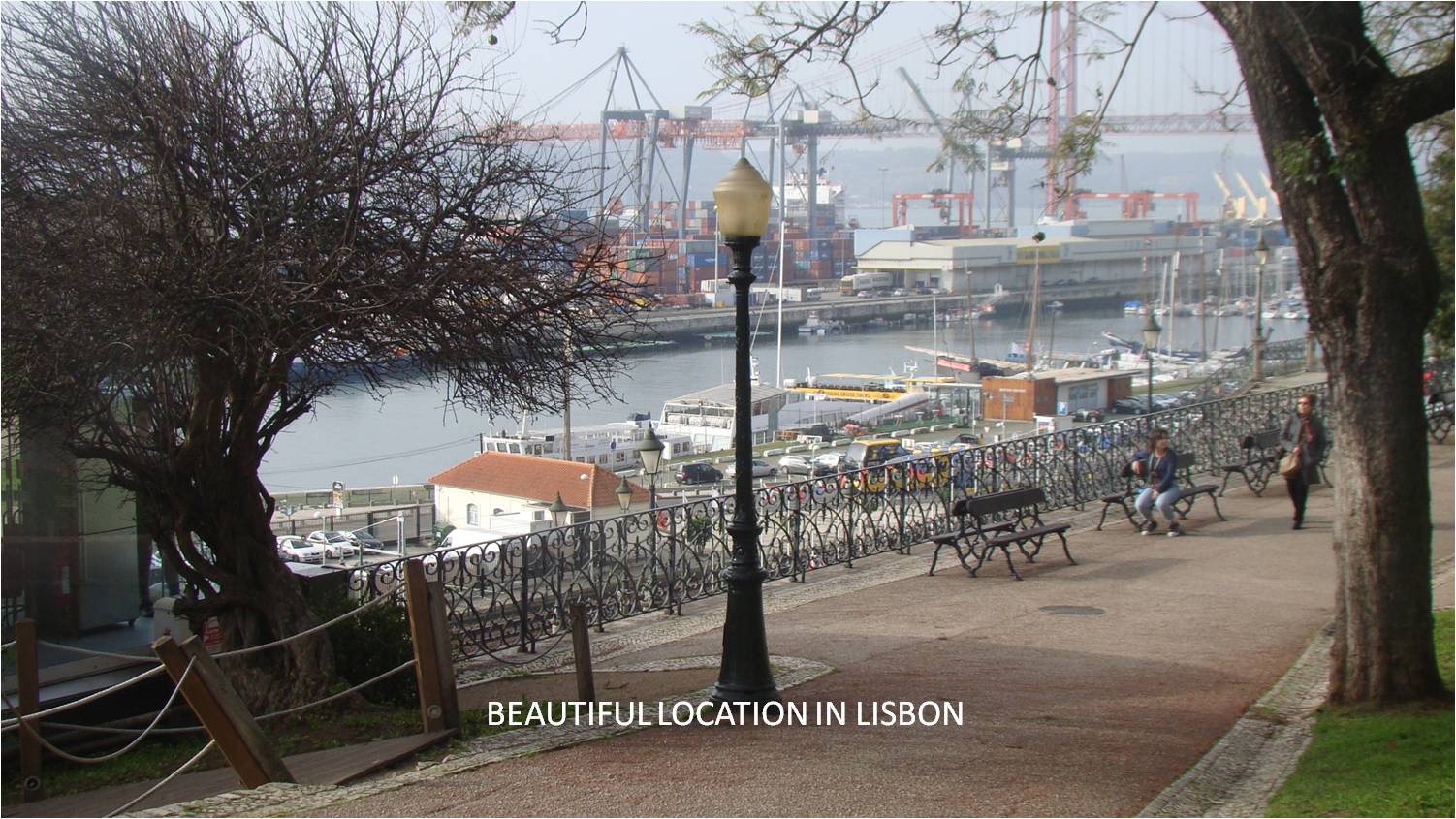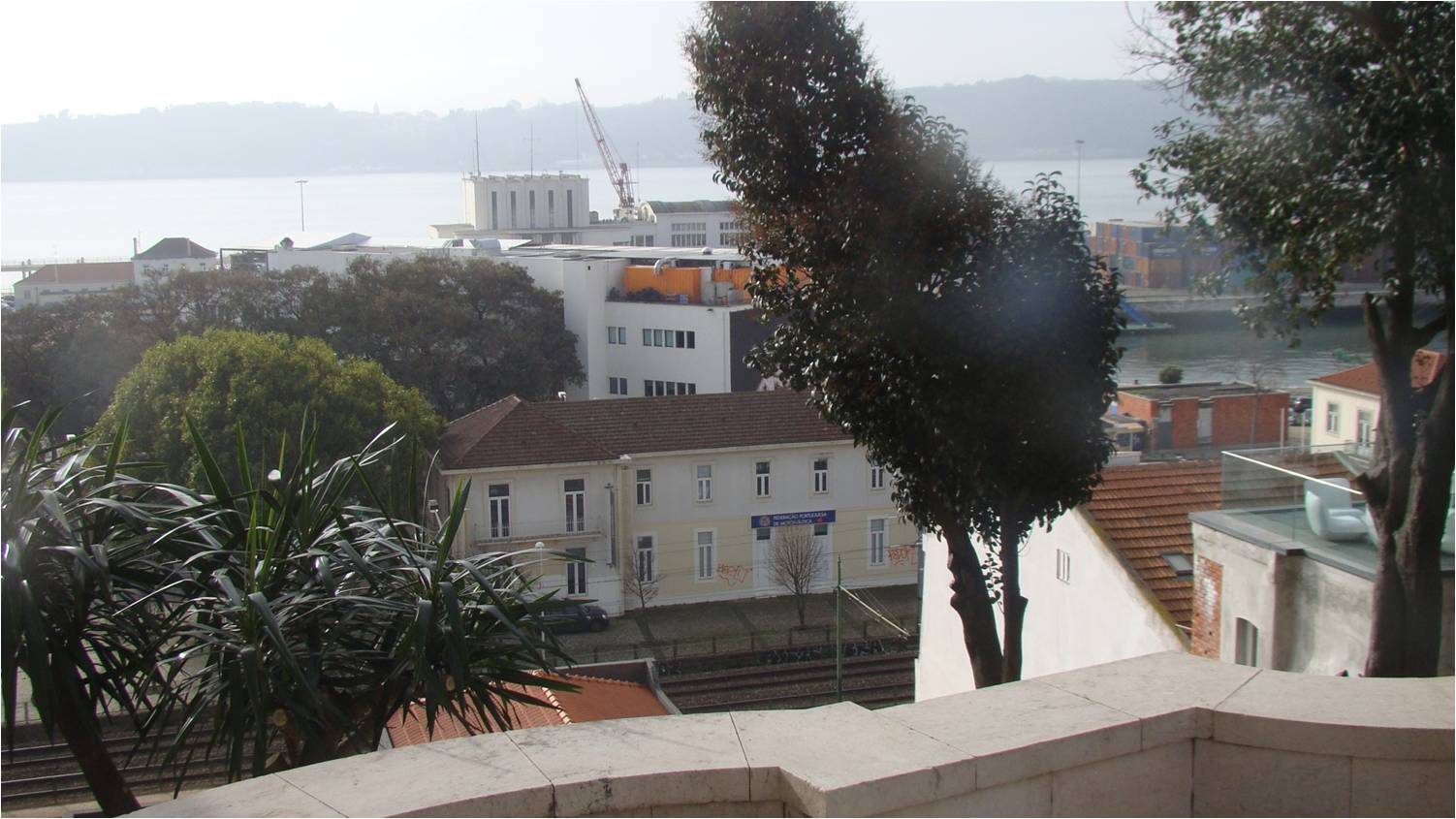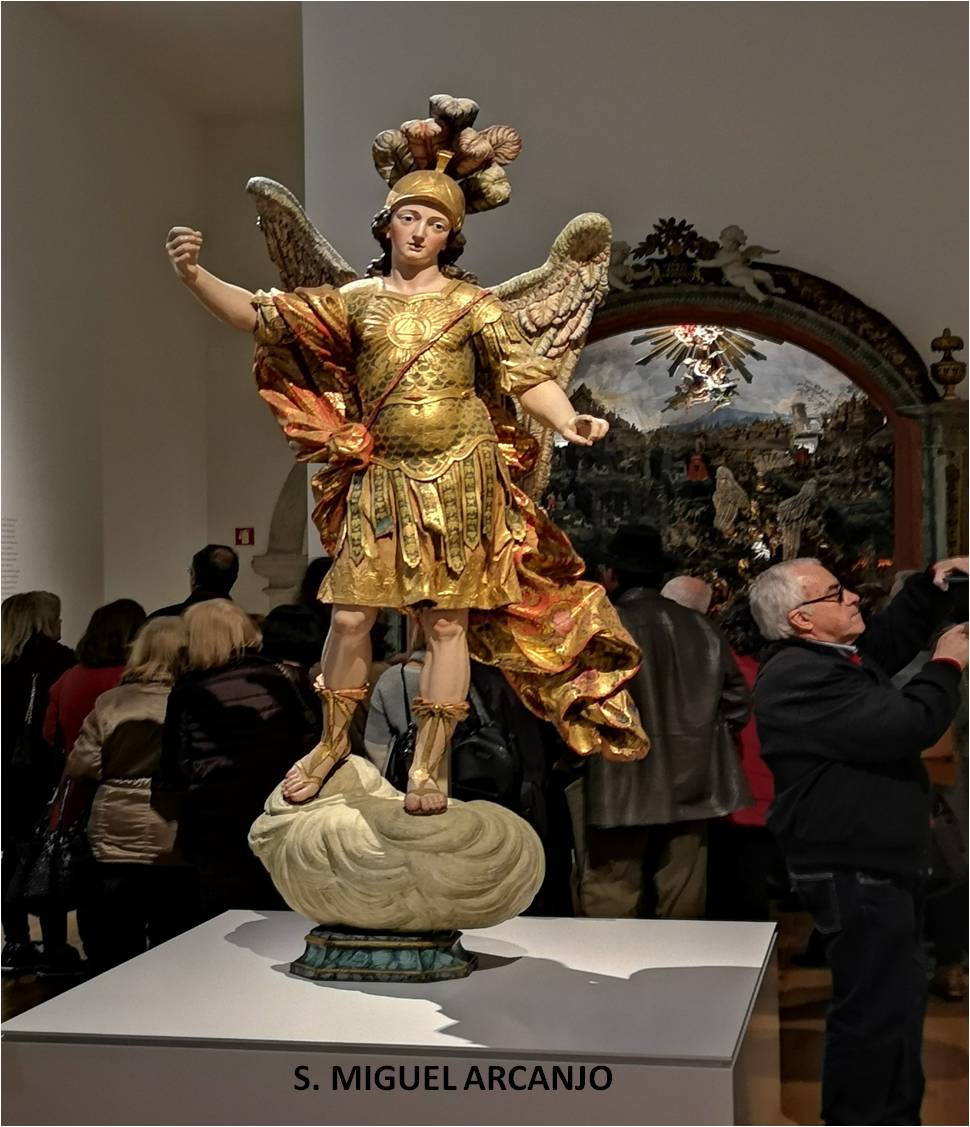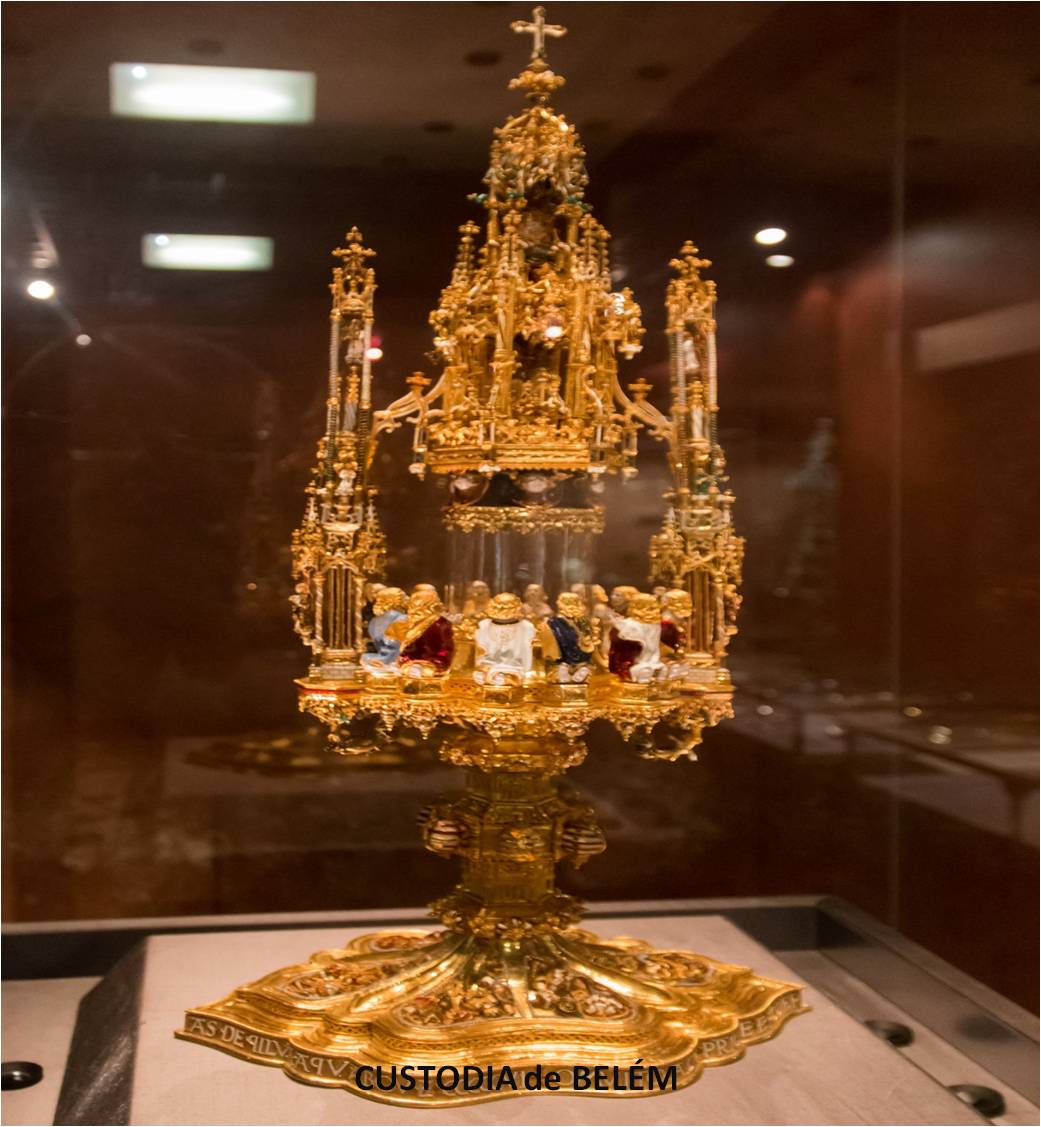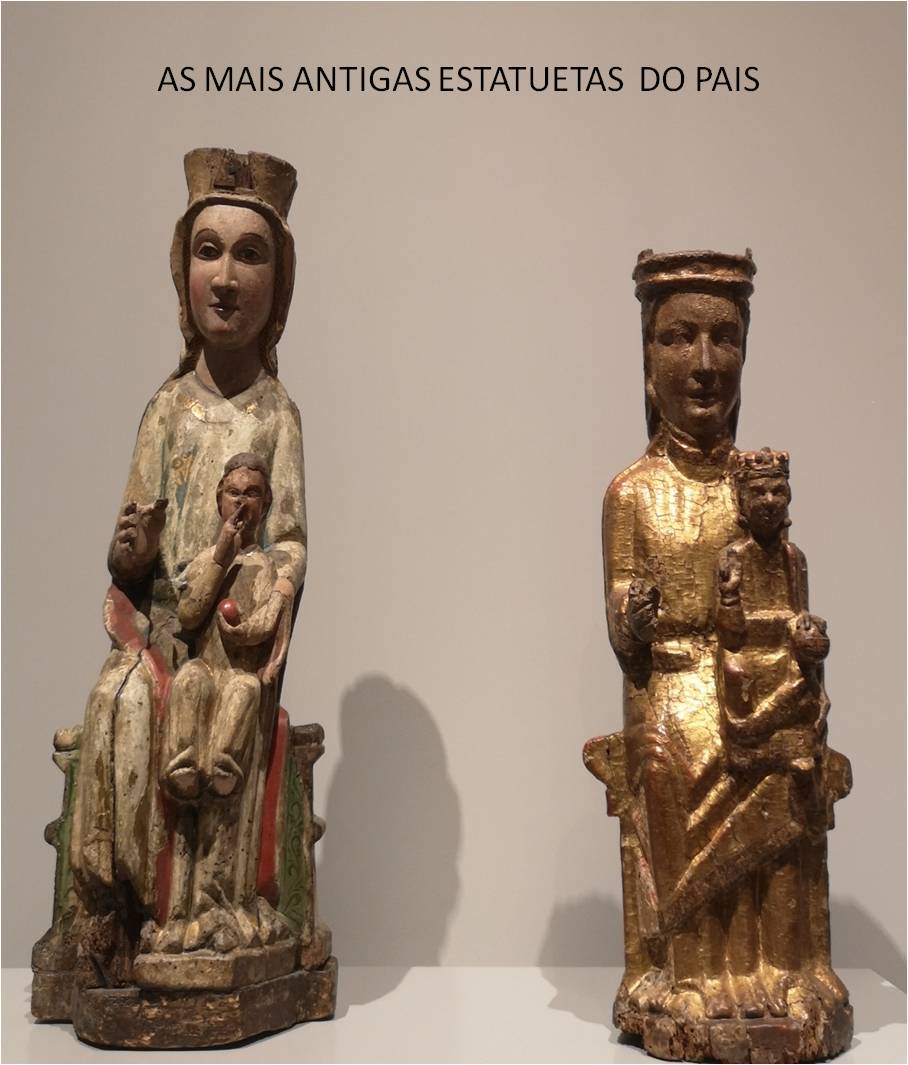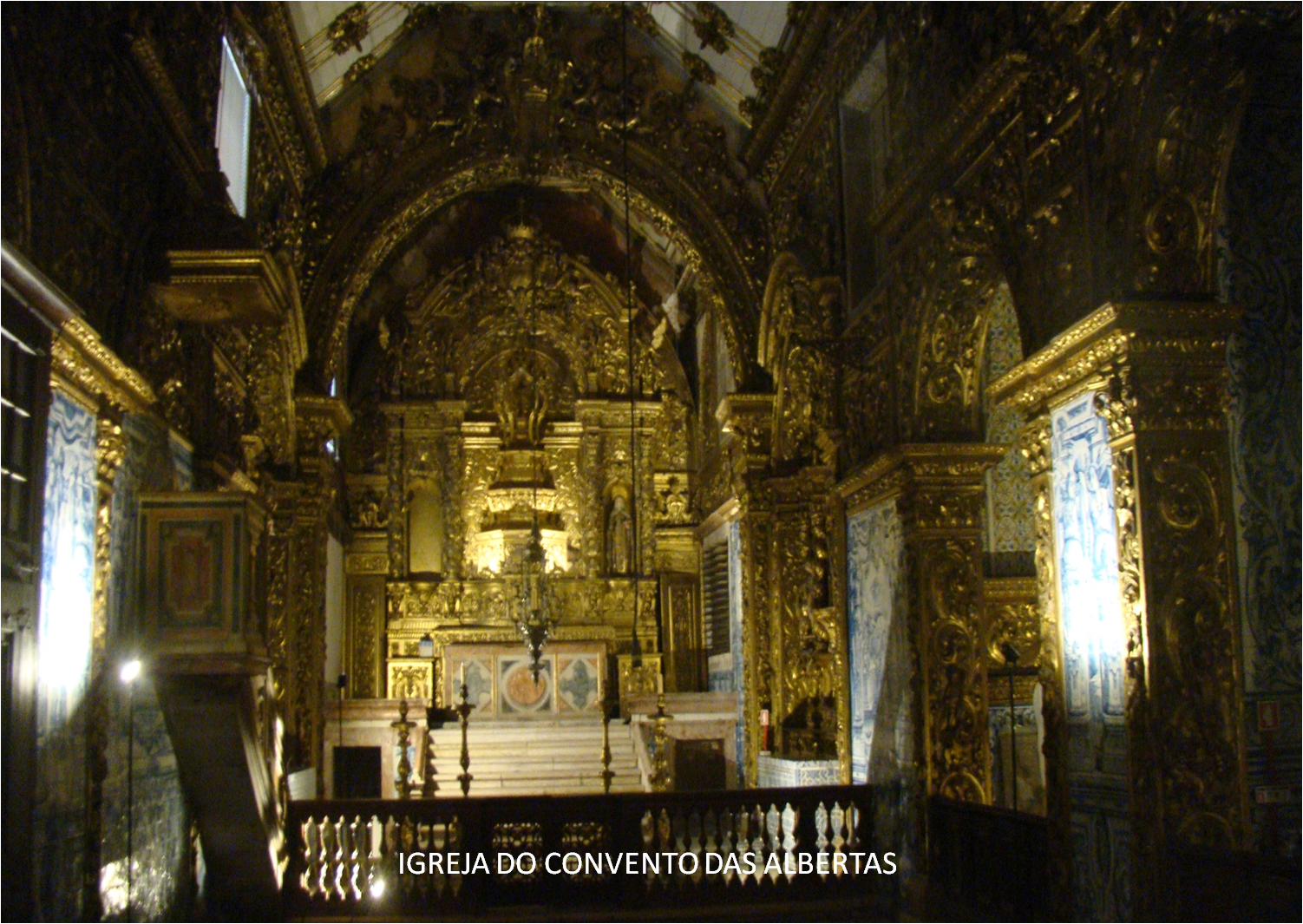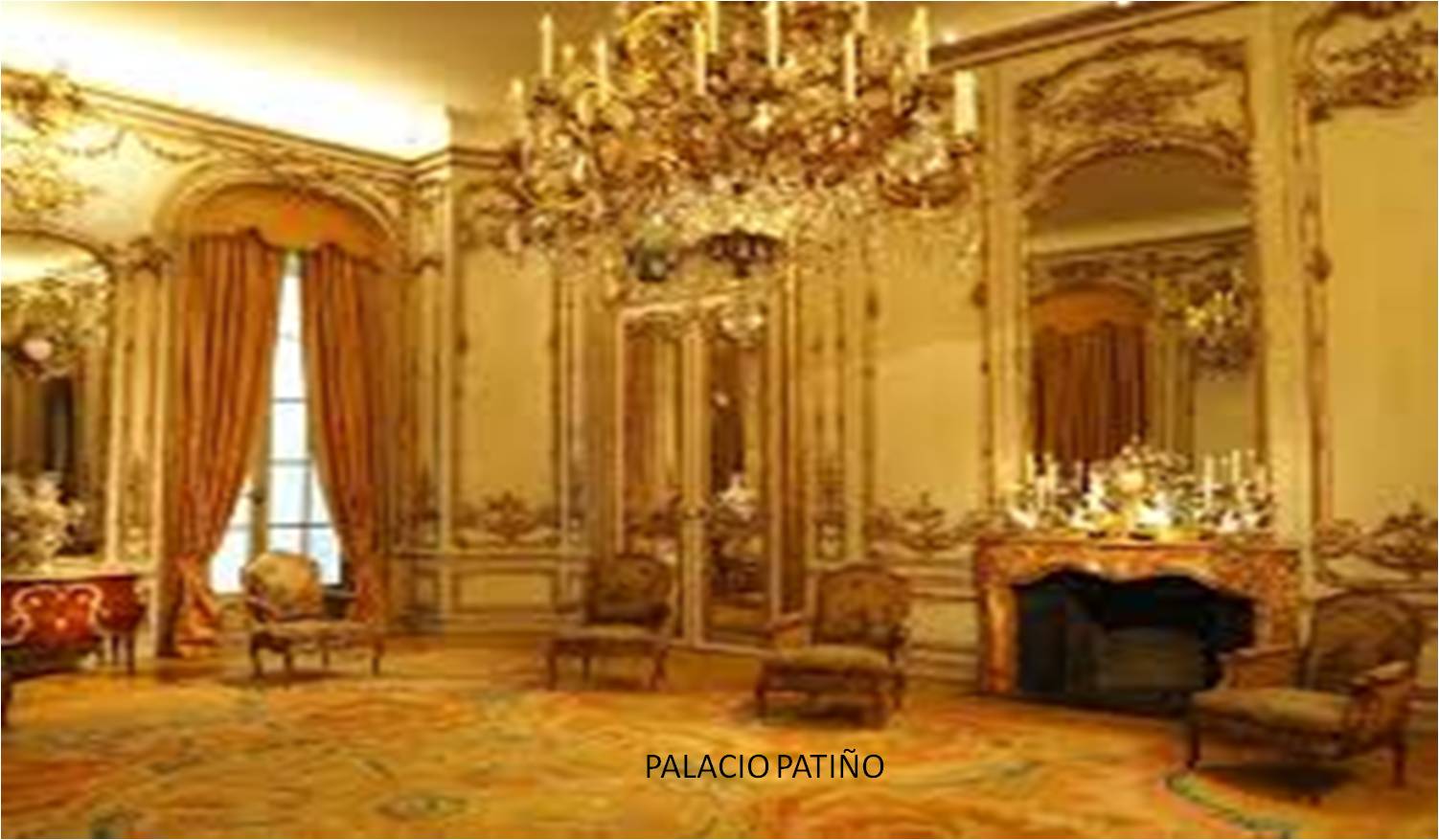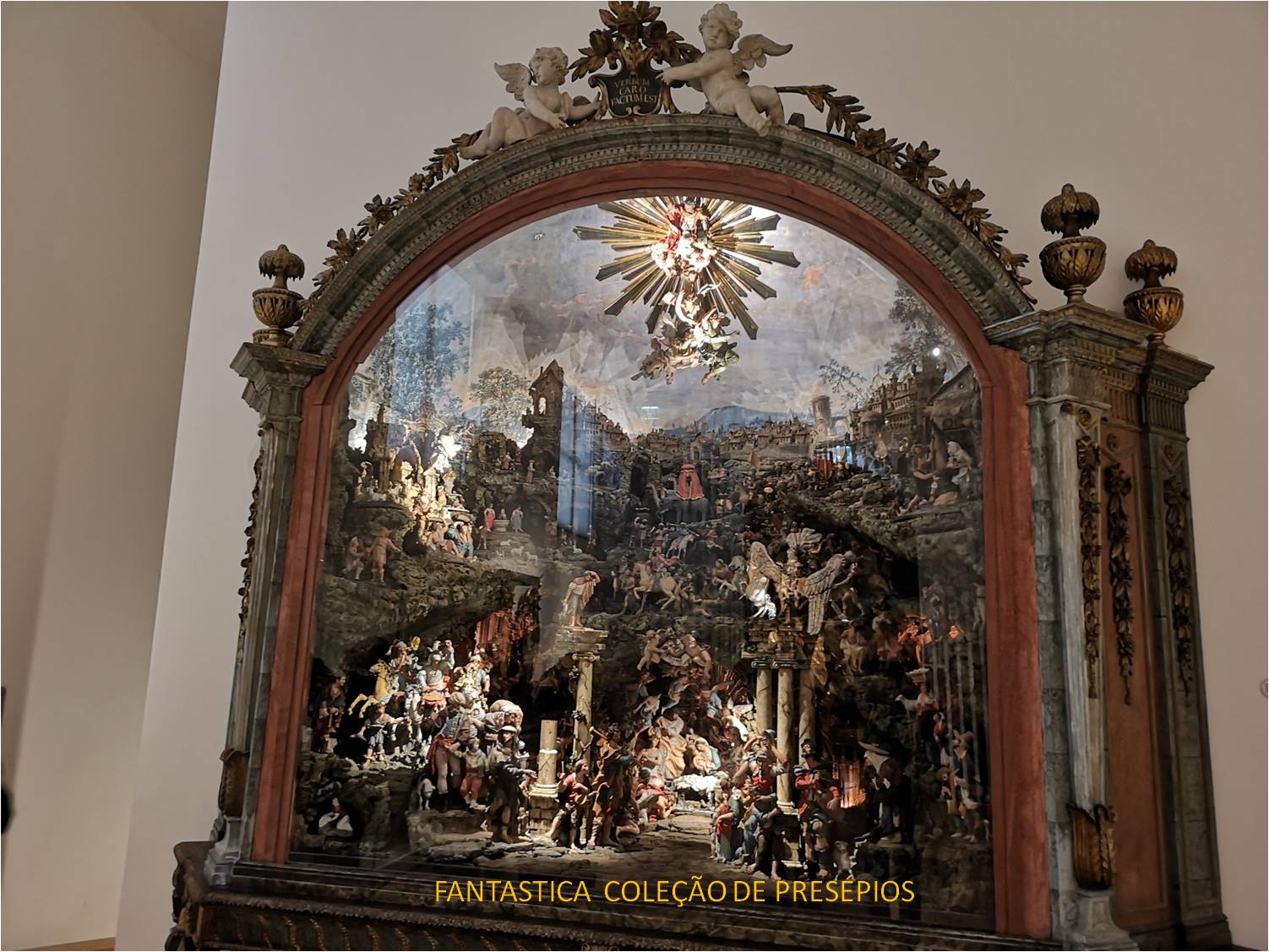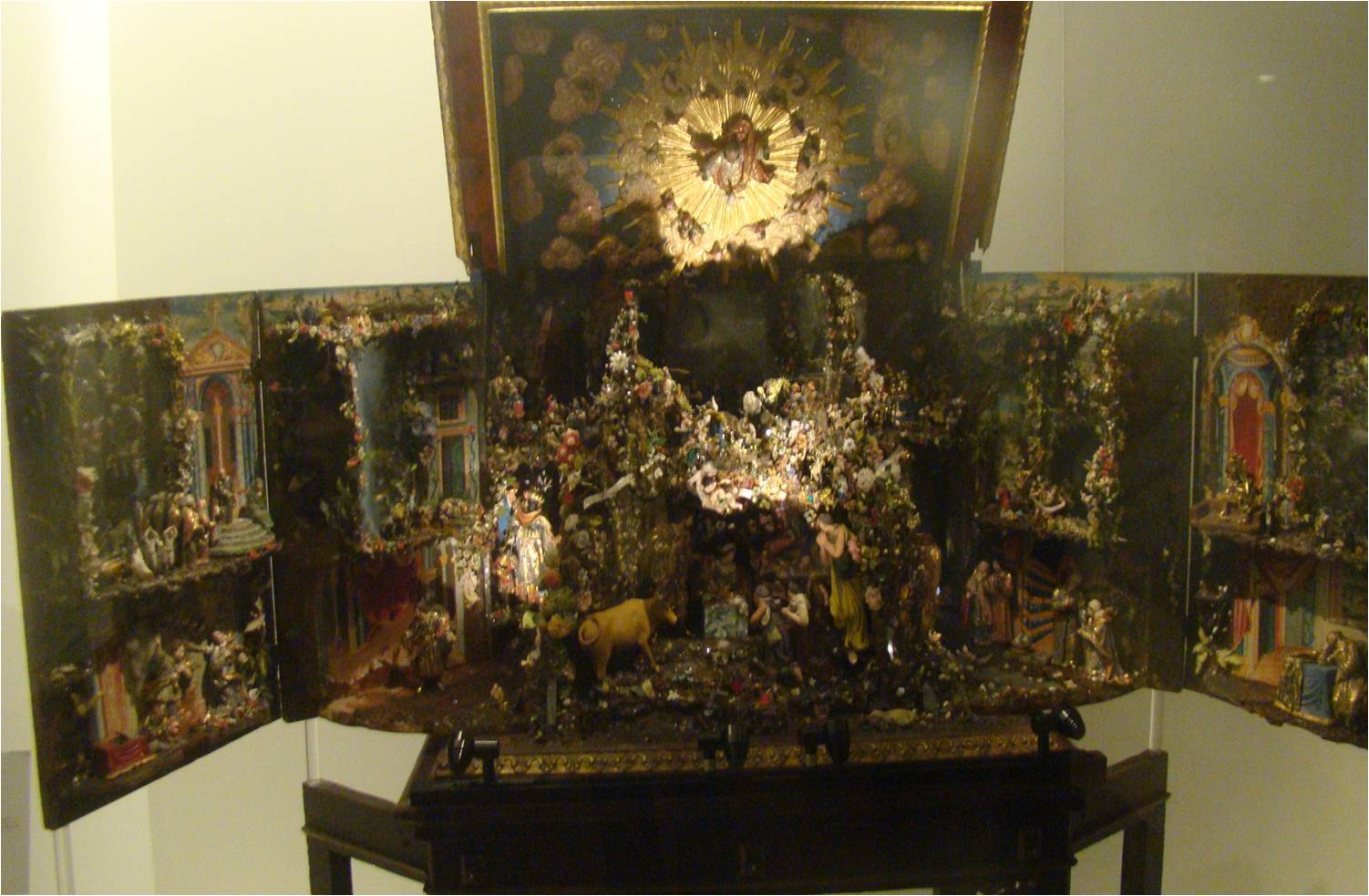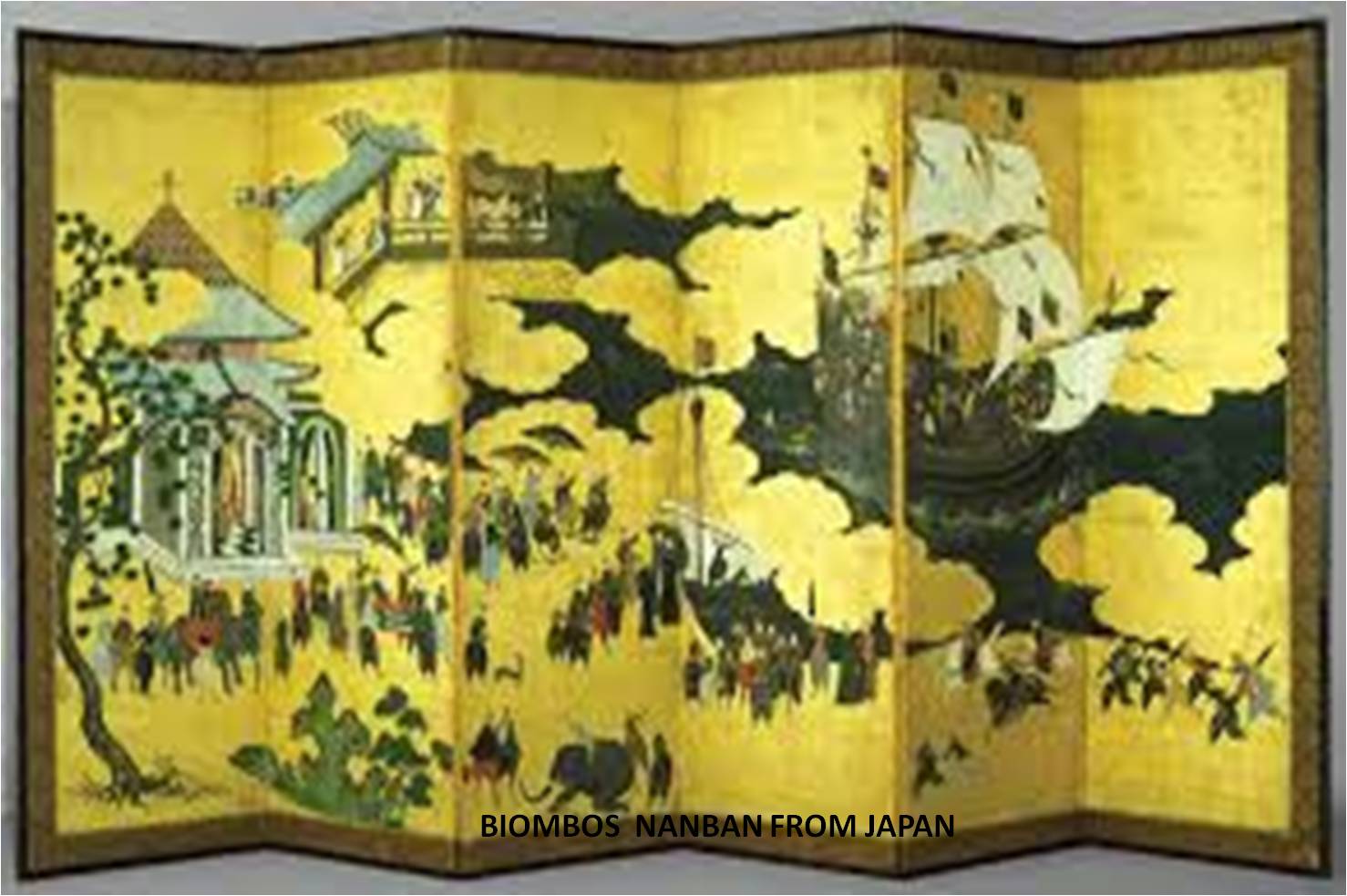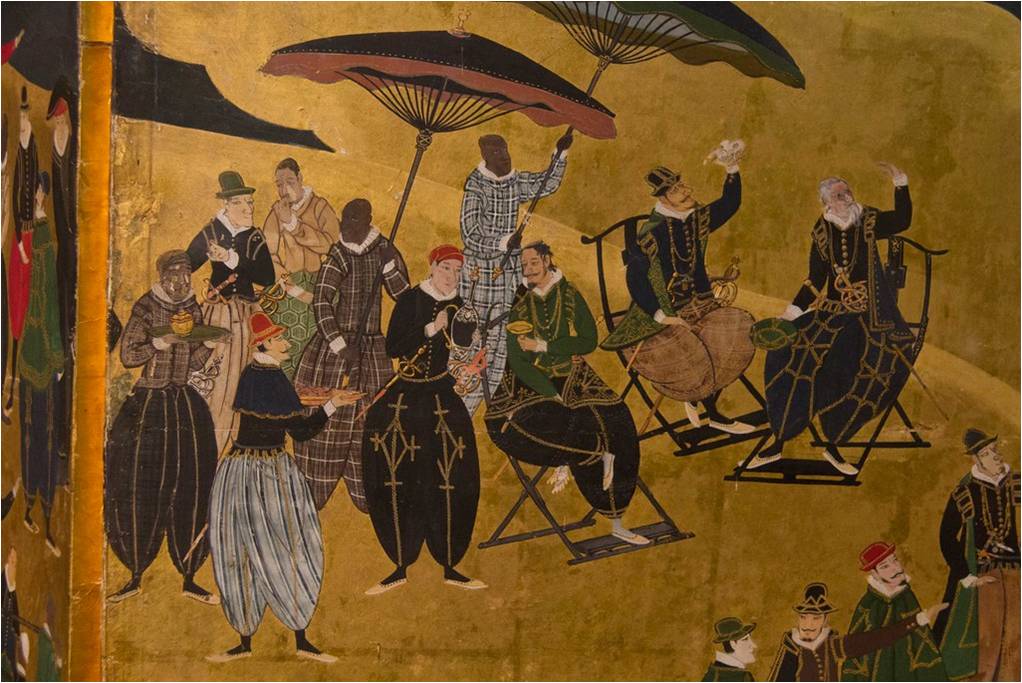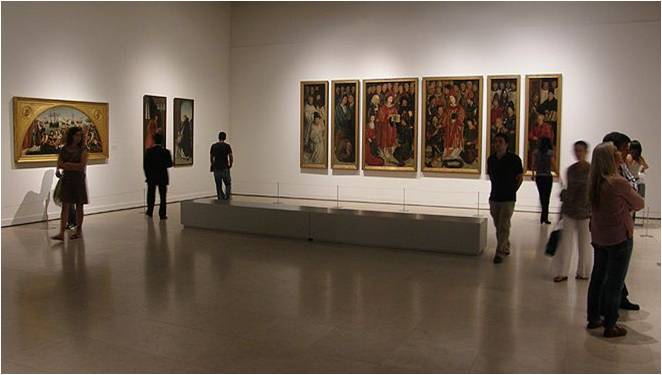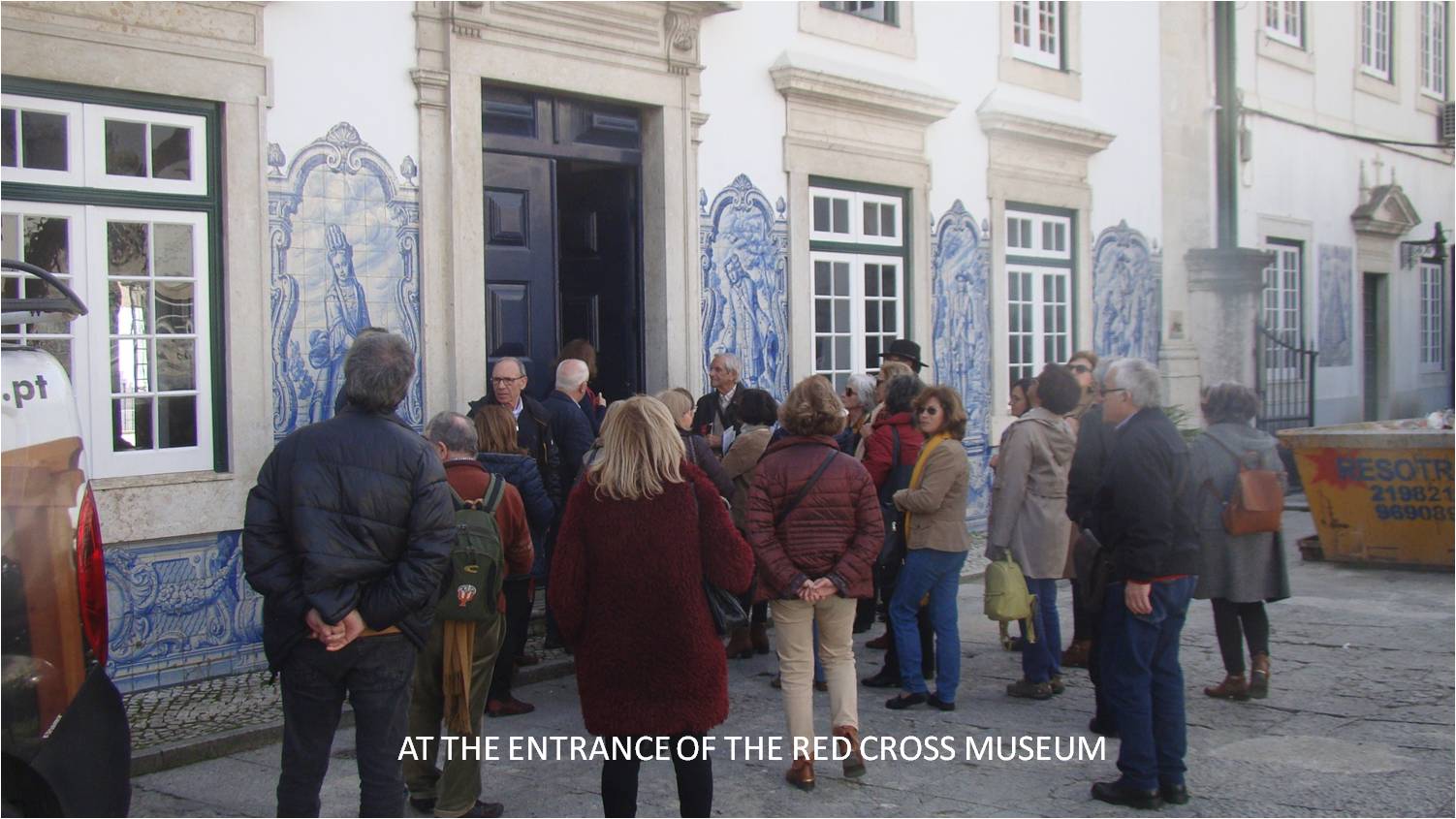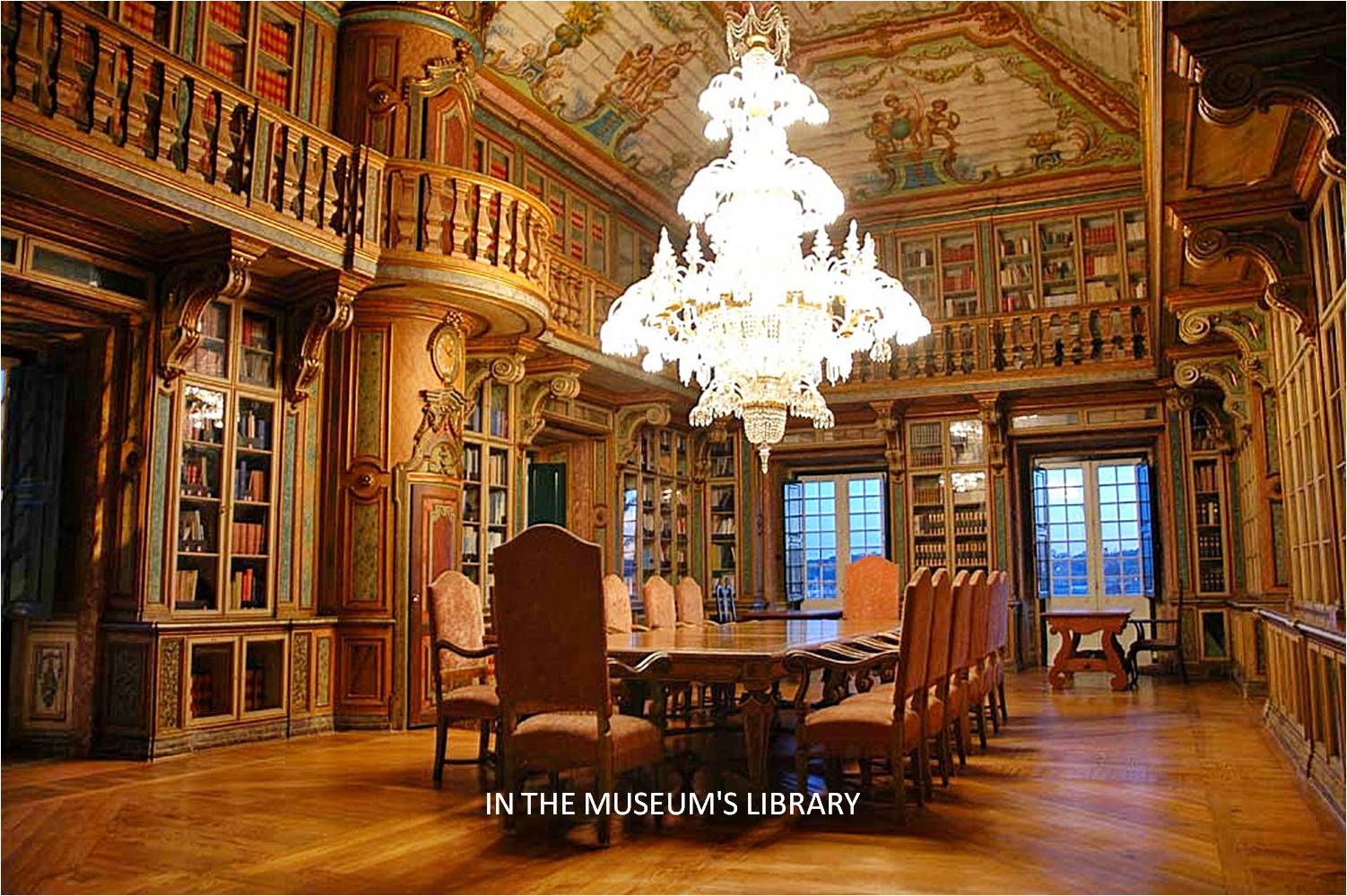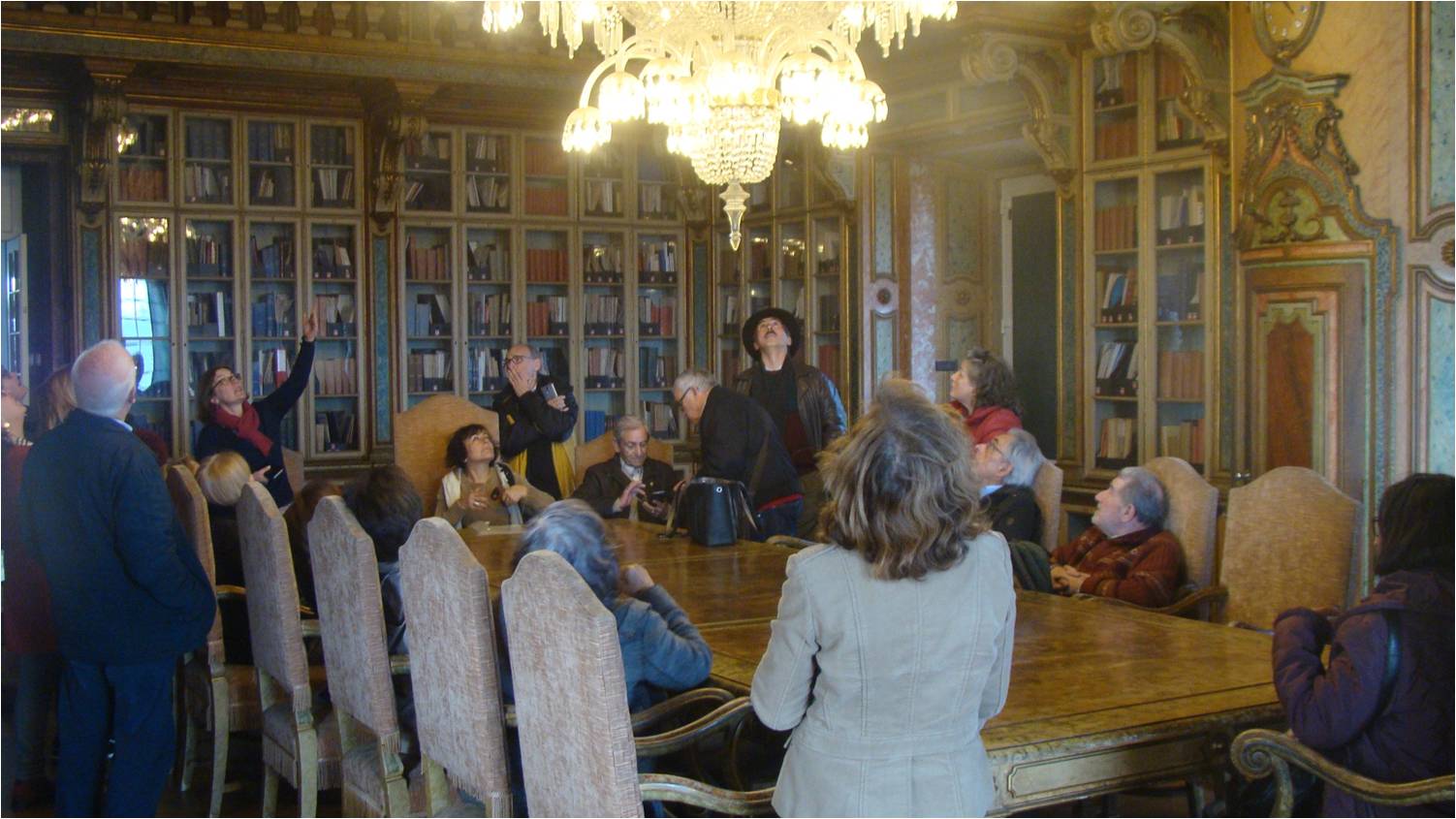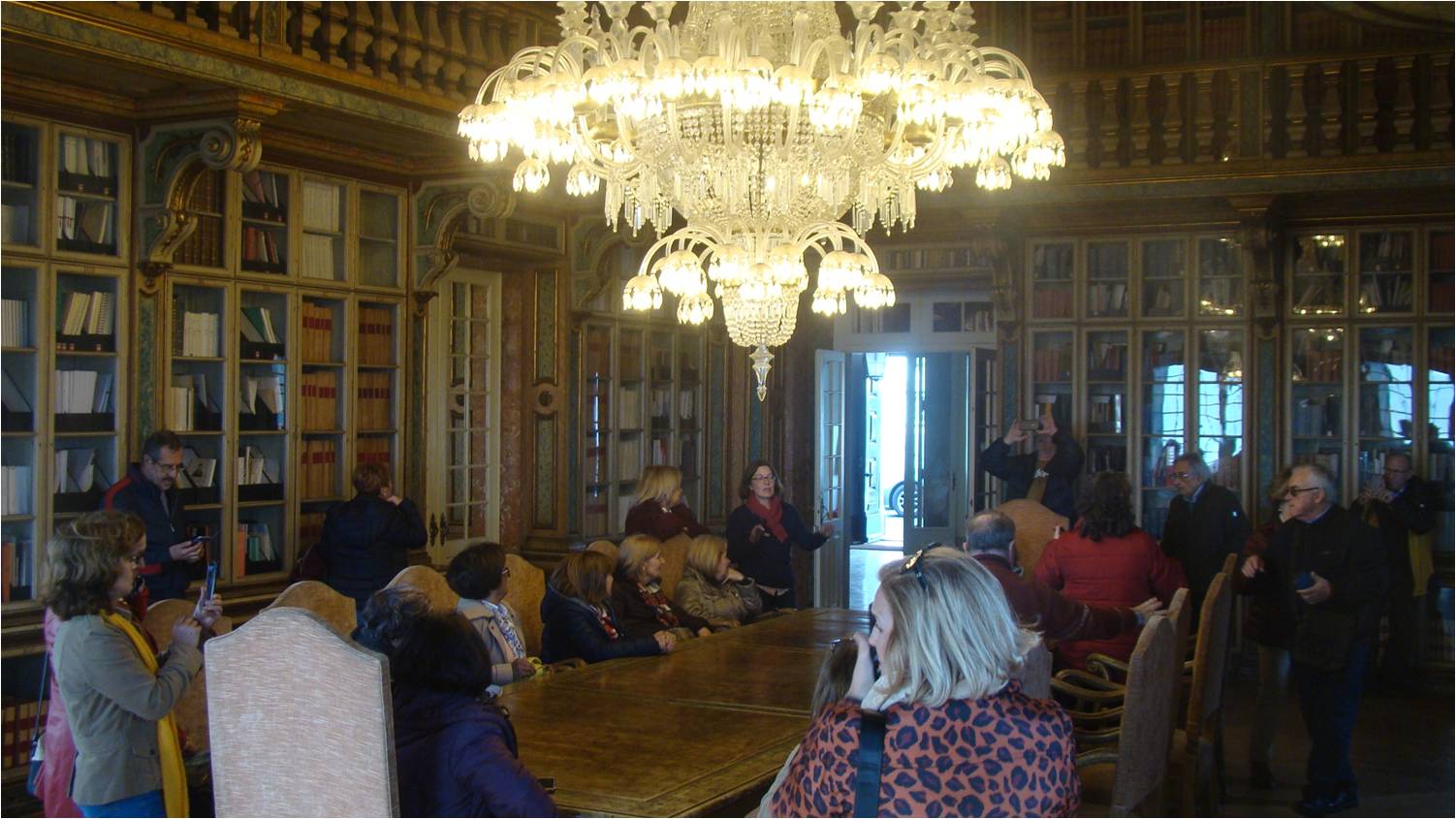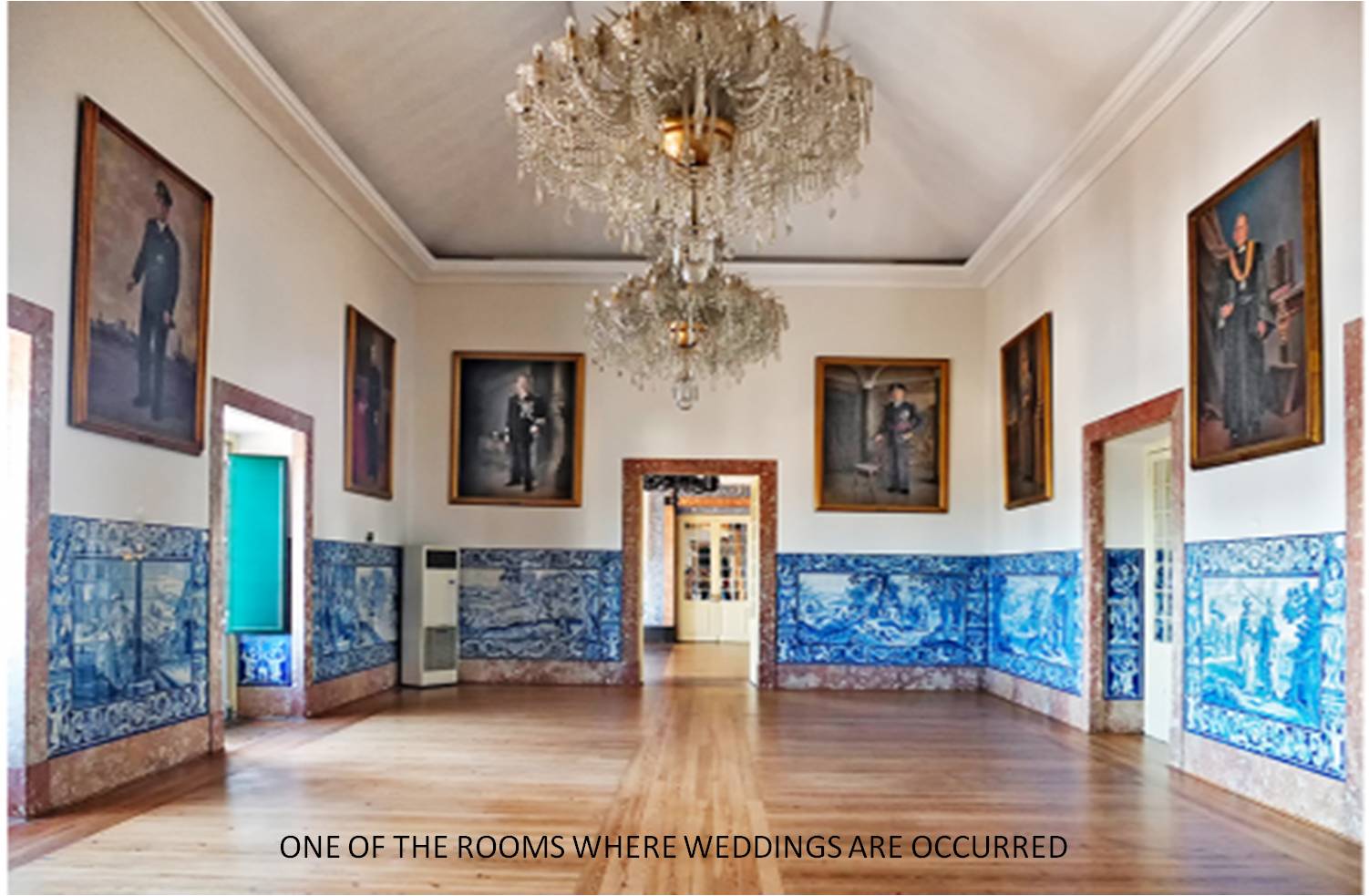The English class of teacher Ana Campos visiting the
Ancient Art and Red Cross Museums
The proposal to visit the "National Museum of Ancient Art" was welcomed by the whole group, despite the particularity of the language ... is that all the explanations were in English, which required a lot of attention and, of course, the loss of some information. Despite the effort, it was worth it.
This is the most important art museum from the 12th to the 19th centuries in Portugal, as it brings together the most relevant public collection of ancient art in the country. Its collections - about 40,000 species - include European painting, sculpture, drawing and decorative arts, Asian (India, China, Japan) and African (Afro-Portuguese ivory) art collections representative of the relations that have been established between Europe and the world. Orient following the voyages of discovery.
The museum is located in a palace from the late 17th century, built by D. Francisco de Távora, first count of Alvor. The Palace is known as the Alvor-Pombal Palace because, in 1759, after the Távoras Process, the building was acquired by auction by Paulo de Carvalho Mendonça, brother of Marquis of Pombal who became the palace's owner after his death In 1879 the palace was rented, and later acquired, by the Portuguese State to install the National Museum of Fine Arts and Archeology, officially opened on May 11, 1884.
The palace bordered the west with the Convento de Santo Alberto, the first monastery of barefoot Carmelite nuns in Lisbon, whose patron was Santo Alberto, which is why it was also known as the Albertas convent. In 1890, after the death of the last nun, the state took possession of the Convent and, in 1891, handed over her guardianship to the museum, since at the time the need to increase its physical space was recognized. When the Convent was overthrown, the west building, also known as "annex", was built in its place, opened in 1940 with the exhibition "Portugueses Primitives".
